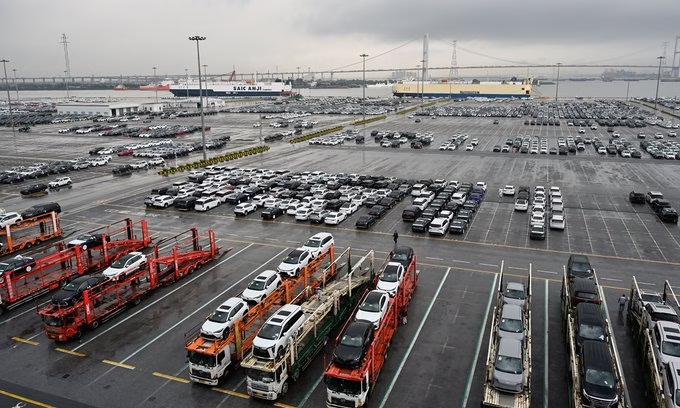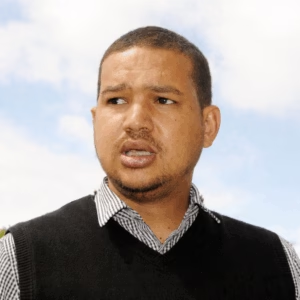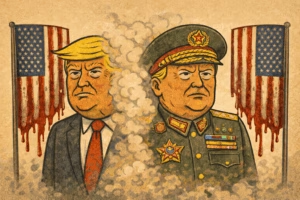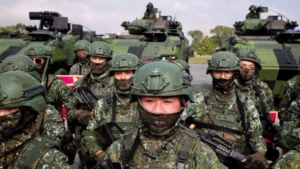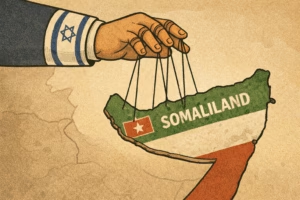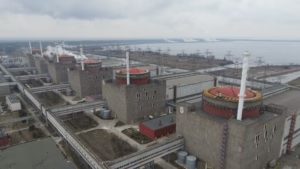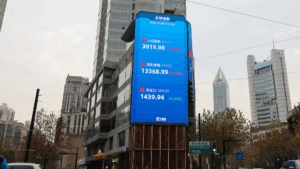The impact of global trade pressures, declining local sales and emerging technologies has placed South Africa’s automotive sector under considerable strain. Over the past two years, the country has witnessed the closure of 12 companies in the automotive component manufacturing industry, resulting in more than 4,000 job losses. These figures were revealed by the Minister of Trade, Industry and Competition, Parks Tau, during his address at the annual National Association of Automotive Component and Allied Manufacturers (NAACAM) Show on Thursday.
Tau did not downplay the gravity of the moment.
“This industry faces intersecting challenges that demand urgent collaboration but within these challenges lie transformative opportunities to redefine and leverage our global competitiveness,”
he told attendees.
South Africa’s Automotive Sector Under Pressure
The automotive industry remains central to South Africa’s manufacturing base, contributing 5.2 percent to gross domestic product (GDP) and accounting for 22.6 percent of the nation’s industrial output. It directly employs around 115,000 South Africans, with more than 80,000 jobs in the component manufacturing subsector alone.
Despite this, domestic sales of locally assembled vehicles dropped sharply in 2024, reaching 515,850 units — a figure that falls significantly short of the 2035 target of 784,509 units set out in the South African Automotive Masterplan.
Compounding the issue is the flood of imported vehicles. Tau pointed out that imported models currently make up 64 percent of all vehicles sold in the country, undermining local production capacity and economies of scale. He also highlighted another obstacle: the stagnation of local content in South African-produced vehicles.
“Compounding this, local content remains stagnant at 39%, well short of the 60% target, while US tariffs now significantly affect our R28.7 billion automotive exports. These pressures triggered 12 company closures and over 4 000 job losses in two years.”
Rethinking the Policy Framework
Recognising the magnitude of the challenges, government is re-evaluating key policy frameworks, including the Automotive Production Development Programme (APDP). Tau outlined that the review seeks not only to respond to current threats, but also to stimulate long-term growth in alignment with the objectives of the Automotive Masterplan.
Among the proposed reforms are changes to the incentive structure, particularly around duty credits.
“Some of these reforms include the incentive structure and shifting duty credits to reward manufacturing instead of assembly credits,”
Tau explained.
There is also growing momentum around localisation as a cornerstone of economic sustainability.
“A 5% increase in local content would unlock R30 billion in new procurement, dwarfing the R4.4 billion US export market. To achieve this, we must act collectively to address some of the bottlenecks to growth,”
he added.
Innovation, Disruption and the Need for Urgency
In a rapidly evolving global landscape, innovation is no longer optional — it is essential. The Minister underscored the significance of embracing emerging technologies and shifting global trends in order to maintain competitiveness.
“We have been on a path of developing a new industrial policy which focuses on decarbonisation, digitisation and diversification and we follow the example of players in the auto sector,”
Tau said.
He praised companies such as S4 and Jendamark, both based in the Eastern Cape, for leading the way in digital transformation by integrating artificial intelligence and automation into their operations.
Meanwhile, initiatives in the space of environmental sustainability were also noted.
“In the area of decarbonisation,”
Tau stated,
“Borbet SA’s 20-year solar energy commitment and Malben Engineering’s green steel pilot project align with global carbon rules reshaping trade.”
This shift in global expectations is no longer limited to the environmental space but is becoming embedded in financial viability as well. As NAACAM has articulated, carbon now forms
“part of the cost of doing business – and increasingly, part of the value too.”
Redefining Exports and Adapting to Global Demand
South Africa’s export portfolio is also undergoing seismic changes. Traditional strengths, such as catalytic converter exports, are under threat from both global trends toward electric vehicles and mounting competition from China.
“We must scale new products, such as e-axles and thermal systems as well as markets, particularly under the Africa Continental Free Trade Agreement (AfCFTA),”
Tau urged.
The need for diversification in both product and market is seen as essential to cushion the sector against structural shifts in global demand and regulatory changes.
Building for the Future
The long-term health of the industry also depends heavily on human capital. Tau made it clear that the sector cannot afford to delay in equipping its workforce for the rapid changes that artificial intelligence and automation will bring.
“It is therefore critical that we partner with institutions in the country to address this urgently,”
he noted, stressing the importance of skills development.
He also spoke on inclusive economic growth through enterprise and supplier development (ESD), specifically the need to link equity investment with procurement from black-owned tier 2 and tier 3 suppliers. Government’s intent, he explained, is not merely about compliance, but about creating symbiotic relationships within the supply chain.
“Entrenching supply chain equity through initiatives like linking equity investments to procurement from black-owned tier 2/3 suppliers will create symbiotic growth,”
he said.
Tau mentioned that the government is working on eliminating administrative hurdles and simplifying regulations that deter investment.
“Our policy response is accelerating and we plan on introducing an Omnibus (general laws amendment) Bill to fast-track high-impact investments and projects within 90 days,”
he revealed.
Transformation as a Growth Driver
Transformation, in Tau’s words, is not a tick-box exercise, but a growth imperative. He highlighted the work done with black-owned manufacturers and micro-enterprises, many of whom were showcasing their work at the NAACAM event.
“We walked a long journey with the automotive sector on transformation. Therefore, it goes without saying that inclusion drives growth. The South Africa Automotive Masterplan 2035’s target of 130 new black-owned manufacturers is advancing, with 26 black-owned MSMEs exhibiting, supported by the Automotive Industry Transformation Fund and OEM partnerships such as Toyota-Isuzu’s supplier development programme,”
he said.
However, he did not shy away from the challenges that remain.
“As you would agree, the pace does need to be hastened. Therefore, we are hopeful that the industry will support the endeavour of the Transformation Fund that we are pursuing at the dtic with the view to enhance overall transformation through enterprise and supplier development (ESD) funds.”
The Eastern Cape: A Beacon of Possibility
While much of the current outlook appears difficult, Tau highlighted the Eastern Cape as a success story that can offer a blueprint for the rest of the country. The province produces 46 percent of South Africa’s vehicles and is responsible for 54 percent of its automotive exports.
“With South Africa chairing the G20, our automotive sector can model African industrial resilience rooted in localisation, powered by innovation and fortified by equity,”
Tau concluded.

